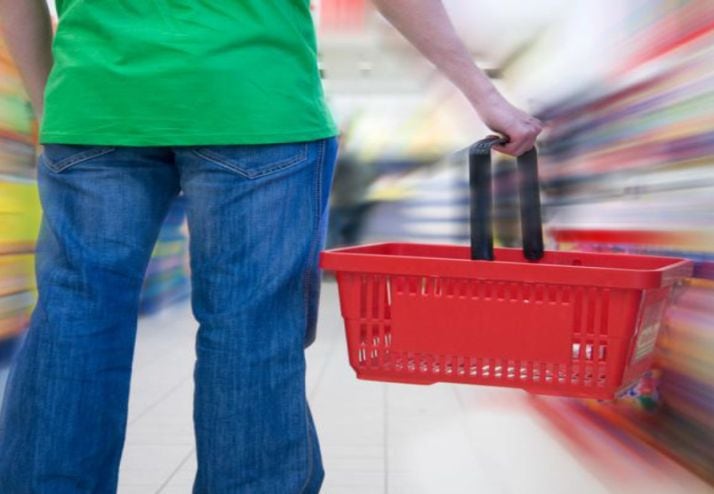It varies from business to business, Nielsen United States president Chris Morley told FoodNavigator-USA, but the top four issues that keep coming up with retailers and manufacturers in conversations Nielsen has been having with clients as 2017 approaches are:
- Developing a successful digital strategy
- Making innovation more effective
- Improving the speed and quality of decision making
- Prioritizing where to invest in retail
And all of these involve ‘big data,’ whether you want to develop a more effective promotional strategy; gather and interpret consumer insights for more effective innovation; or get more real-time information from your supply change in order to improve inventory management, he said.
"We're seeing more and more interest in continuous, predictive, real-time analytics."
How will e-commerce impact bricks and mortar stores?
When it comes to developing a successful digital strategy, he said: “In the e-commerce space we’re seeing a lot of experimentation right now, whether it’s click & collect, or partnering with a company such as Instacart, or other models, but the efficiency of delivery – the last mile - and getting the customer experience right, remain major challenges.”
Right now, he said, it’s hard to predict what the longer-term impact of e-commerce will be on bricks & mortar stores, with some CPG manufacturers predicting that stores will increasingly focus on fresh convenience food, and progressively shrink space allocated to center store items (as more packaged groceries are bought online). However, if click & collect (order online, pick up curbside) approaches takes off, stores will also have to be re-organized in order to pick and process orders more efficiently.
Making innovation more effective?
With topline growth for many companies proving elusive, meanwhile, we can also expect continued focus on cost-cutting and efficiencies in order to maintain or improve margins, he said, citing the growth of zero-based budgeting, a method of budgeting in which all expenses must be justified for each new period. “They are all under pressure to take waste out of the system and justify every expense.”
With this ruthless focus on efficiency, some companies have paid less attention to innovation – or at least innovation originating from their own R&D departments, and have instead focused more on buying in innovation from smaller, more agile emerging brands, he said, predicting further acquisitions and investments from all the major CPG players in 2017.
However, big companies have access to tools and data that can help them understand consumer trends, while they also have the scale and resources to gain more rapid distribution than smaller companies for their new products, he said. So if they can develop a winning concept, they have the capability to get it into consumers’ hands much more rapidly.
Faster, better informed decision-making
As for trade spending – and whether it is delivering the kinds of returns it used to – it’s an ongoing challenge for CPG companies, he said.

Deflationary blues: What will food prices do in 2017?
“Twenty years ago brands were spending two thirds of their [marketing] money on advertising and one third on promotion, and now in most developed markets, it’s the other way around, but they don’t feel like they are getting the same ROI, which is where continuous analytics can really help so people can make smarter decisions in real time rather than waiting weeks or months to work out if a promotion is actually profitable."
If the category in which you operate is growing, the return on trade spending may be clear, he said, but if you’re a big brand that isn’t growing in a flat or declining category, the returns may not be there. “In that scenario, increasing trade spending is going to put pressure on the bottom line, so people are more focused than ever on efficiency.”
Want to read more about trade spending? Click HERE
